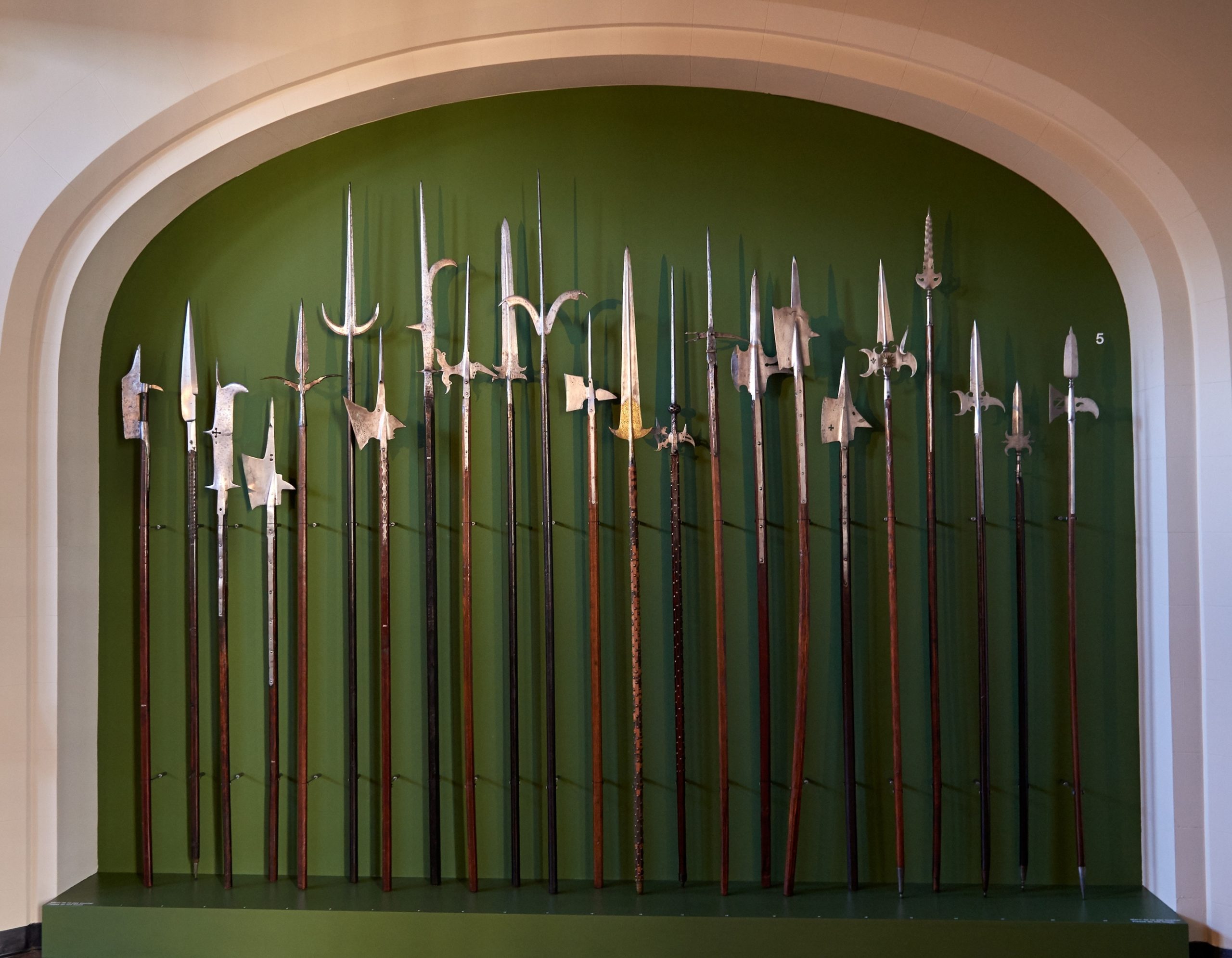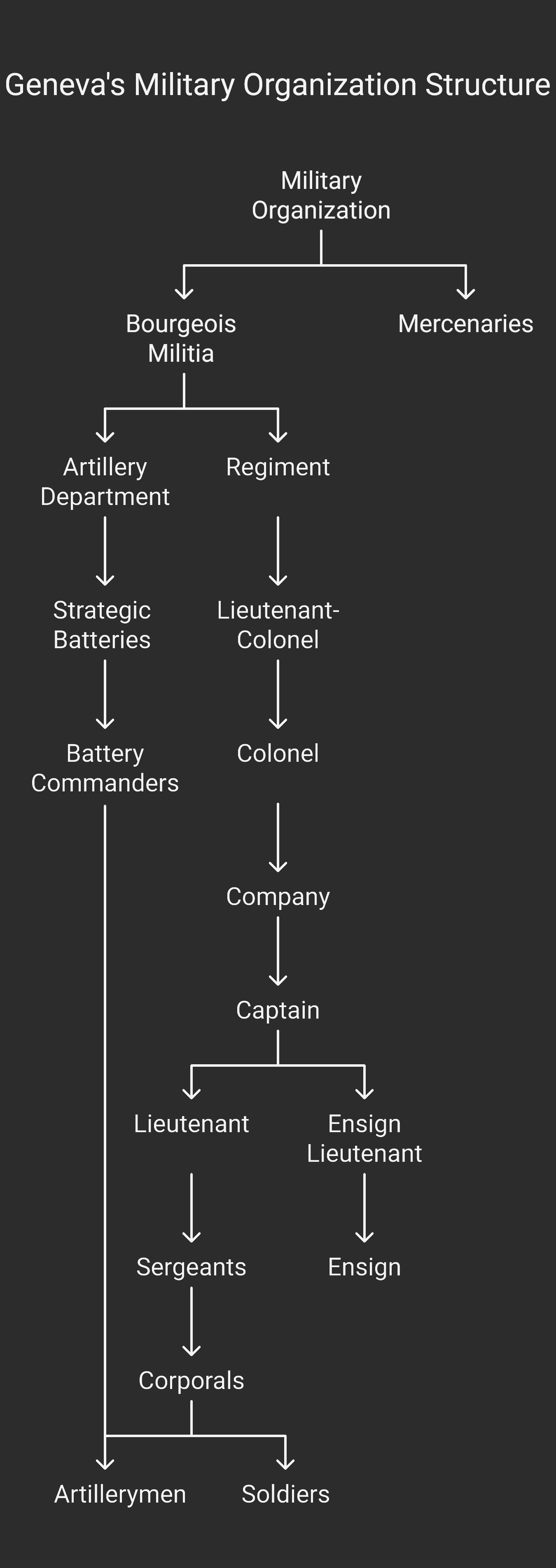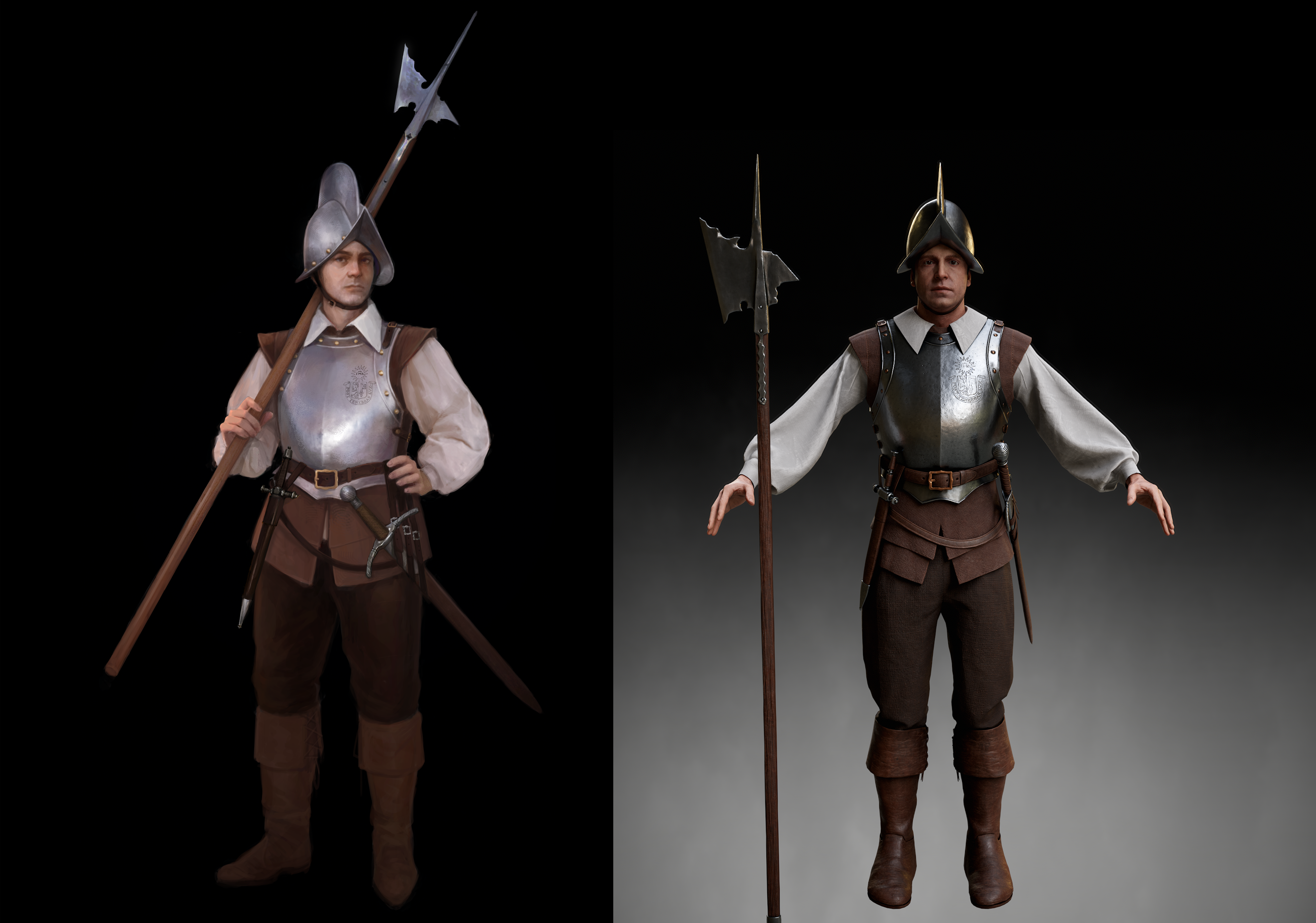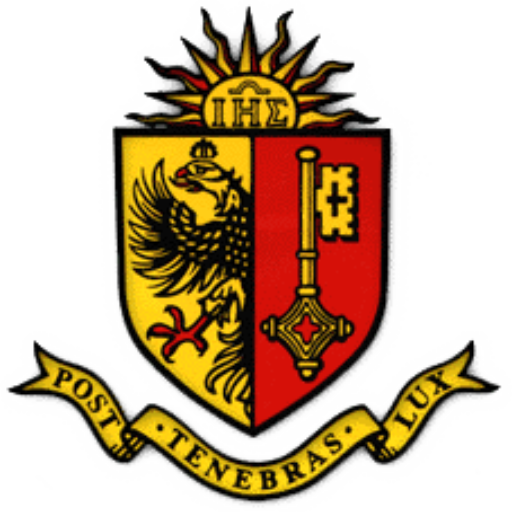
Geneva’s military organization at the time of the Escalade battle
In 1602, the city’s defense is the main concern of its leaders. The military organization, which had been thoroughly revised in 1574, is based on a bourgeois militia divided into four regiments corresponding to the city’s former districts: Bourg-de-Four, Saint-Gervais, Neuve and Rive. Each regiment is commanded by a colonel (chosen from among the syndics) and a lieutenant-colonel (from the Petit Conseil), and comprises four companies. Each of the 16 companies is led by a captain from the Conseil des Deux-Cents, assisted by a lieutenant, an ensign, an ensign’s lieutenant, 2 sergeants and 4 corporals. The number of soldiers in a company is not limited, and can approach one hundred.
A census reveals that in 1589, Geneva has 2,186 able-bodied men, excluding members of the Council and certain officers. However, the militia remains a defensive force, incapable of waging prolonged campaigns outside the city walls.
The militia is mainly composed of infantry, but also includes some horsemen and artillerymen.
Indeed, there are a few mounted troops, but these are only temporary formations, either for escorts or honor guards. For external expeditions, mercenary horsemen are raised. Genevans who own a horse and go hunting in Savoy sometimes accompany the militia. It won’t be until the end of the 17th century that a real cavalry corps will be established.
As for the artillery, it is organized around three departments – one at Saint-Gervais and two on the left bank – divided into ten strategic batteries. Each of these is equipped with constantly operational cannons, with ammunition and armaments stored nearby. Battery commanders hold the keys to their posts, while the artillerymen, temporarily assigned from the bourgeois companies, rejoin their positions in the event of an alert without leaving their regiment of origin.

Diagram showing Geneva’s military organization at the time of the Escalade battle.
Discipline and military life
The lives of Geneva’s soldiers are governed by strict ordinances drawn up in 1589 and revised in 1603. These rules impose rigorous discipline:
-Captains and officers are required to hold public prayers twice a day;
-All forms of violence, foul language and immoral behavior are forbidden;
-All captains and soldiers are forbidden to capture castles or houses outside the city without the consent of the Council of War;
-Reports on expeditions are mandatory;
-Soldiers may neither pillage nor force inhabitants to provide goods without payment;
-Desertion or disobedience results in exemplary punishment.
Armaments and equipment
At the time of the Escalade, pikes, halberds and cuirasses are used alongside muskets and arquebuses, which are becoming increasingly common. Officers and non-commissioned officers wear cuirasses and large gorgets. The town’s arsenal contains a large number of weapons, including 500 pikes and 500 firearms, as well as cuirasses and helmets.
Soldiers must equip themselves at their own expense, according to their means. Here are the different types of soldiers and their equipment:
-Musketeers fire twice as many bullets as harquebusiers, so they receive 25 florins a month instead of 18. Harquebusiers are equipped with a powder flask, a pulverin and a wick. They also carry a sword and a dagger. They wear neither helmets nor breastplates: just a wide-brimmed hat and a pourpoint;
-Horsemen all use swords, not spears, unlike the Savoyards. The rest of their equipment depends on their role: “armés” wear heavy armor (cuirass, dossière, tassettes, armbands and gauntlets) and a rouet pistol, and are paid 40 florins a month. The argoulets wear no armor and use the arquebus. Their cheaper equipment justifies their lower pay: 30 florins a month. Their different roles enabled tactical collaboration: the “armés”, specialized in charges, broke enemy lines, while the “argoulets”, specialized in skirmishes, harassed the flanks;
-In 1594, the artillerymen had 3 culverins at their disposal (Le Soleil, L’Hôtesse and La Forrière), as well as mortars and falconets. War prizes enrich their artillery: the large couleuvrines of Versoix (1589), the cannons of Fort Sainte-Catherine donated by Henri IV (1600) and those of Fort des Allinges (1601).

From top to bottom and left to right: matchlock musket, matchlock harquebus, wheellock pistol, powder flask, cavalry half-armor, culverin and falconet.
Images from the Musée d’Art et d’Histoire de Genève gallery.
The key role of mercenaries
During the war of 1589, the limitations of the militia prompt Geneva to recruit on a massive scale. On April 2, 1589, three companies of mercenary cavalry, commanded by captains of the Petit Conseil, set off on campaign.
At the time of the assault on the fort of Versoix (November 7, 1589), the Geneva army is made up of 500 professional mercenaries, 500 volunteer militiamen and four cavalry companies.
In December 1590, the city is maintaining 1,000 infantrymen and 400 cavalrymen. Most come from neighboring regions, but some are from Geneva. At Bonne, more than 300 of them “all borgeoys, citizens and inhabitants” are massacred by order of the Hermance Baron after a disputed surrender.
Soldiers in Geneva: 1602
In Geneva: 1602, Geneva’s soldiers will be faithfully portrayed, based on period engravings, archival descriptions and surviving historical artifacts. Here are some of the elements that will be implemented to enrich their representation:
-Regiments will be organized according to city districts, with particular attention paid to the chain of command;
-Characters will have weapons and armor adapted to their role in the militia or among the mercenaries;
-Interactions between soldiers will reflect the military rules in force at the time.
Through this meticulous reconstruction, Geneva: 1602 will offer a unique insight into the daily lives of the city’s defenders during this crucial period in its history.

A Geneva soldier, as depicted in Geneva: 1602.
Concept art by Marina Silentova and 3D modeling by Raphaël Schnegg.
Conclusion
At the dawn of the 17th century, Geneva’s soldiers, whether militiamen or mercenaries, form a complex and determined defense force. Their organization, discipline and equipment reflect Geneva’s fierce determination to preserve its independence in the face of external threats. This military structure will prove decisive during the Escalade battle, even though the city’s fortified system has some significant weak points, which will be adressed in a future blogpost.
